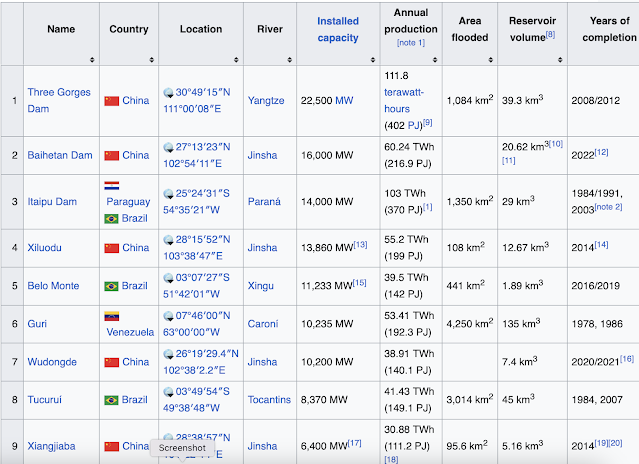10 points about online gambling
My Cup Of Liberty
By Bienvenido S. Oplas, Jr.
https://www.bworldonline.com/opinion/2025/06/24/680857/10-points-about-online-gambling/
Online gaming like online music, online food delivery, and online lectures and seminars, has become more popular in the Philippines. There are positive and negative effects of the proliferation of these online transactions. Here is my list of 10 important points about online gambling.
1. It has grown big in revenues. It reached P112 billion in 2024, with e-games and e-bingo accounting for P48.8 billion. And in the first quarter of 2025 alone, gross gaming revenues (GGR) reached P104.1 billion, with the e-games and e-bingo segment contributing P51.4 billion. This data comes from the Philippines Amusement and Gaming Corp. (Pagcor).
2. News about gambling addiction, dirty money, and calls for outright bans have surfaced at more pronounced levels. See these reports in BusinessWorld this year: “Filipinos battle addiction amid online gambling boom” (Jan. 14), “PHL urged to monitor dirty money risks from online gambling, crypto” (Feb. 25), “Pagcor warns BSP regulation could hold back e-gaming growth” (Feb. 27), “Proposed local online gambling ban to hurt NG revenues” (March 4), “Pacific Online weighs expansion amid PIGO uncertainty” (May 2), and, “E-games dislodge casinos as Pagcor’s top earners” (May 7).
3. What was previously casual digital entertainment has expanded into a wide ecosystem that includes among others: mobile gaming with in-app purchases, online betting and digital casinos, play-to-earn platforms and crypto-integrated games, and remote gambling services including e-sabong and international POGOs.
4. This evolution has driven innovation and economic activity but it also created new risks especially for less-mature members of the population. These include: lack of consumer awareness, with many users unable to distinguish between entertainment and gambling; financial risk and addiction that can lead to overspending, debt accumulation, and addictive behaviors, especially among low-income users or minors; and, fragmented regulation, with existing regulations being either outdated or inconsistent across sectors, leaving users exposed to predatory practices and non-compliant operators.
5. New regulations should include: clear distinctions made between entertainment and gaming and gambling so that distinct and not uniform regulations can apply; having age and identity verification, with mandatory user verification to protect and exclude minors and enforce age-appropriate access; and, consumer protection mechanisms like limits on spending, self-exclusion options, behavior monitoring tools, and transparency in digital game design.
6. Pagcor, which is at the same time the regulator and one of the gaming players seems to have a good cash flow. Among the dozens of government-owned and -controlled corporations (GOCCs) and government financial institutions (GFIs), Pagcor was No. 4 in 2024 when it came to cash flow (see Table 1).
7. Proposals for outright prohibition or banning online gambling are not advisable as they will only lead to illegal gambling — underground, unregulated, and non-transparent so victims cannot complain. Government regulatory oversight on consumer safeguards would be gone, and government revenues would decline and approach zero. With regulatory oversight, licensing fees and taxes can be collected to support public infrastructure and public campaigns on digital literacy and responsible use.
Data on dividends remitted to the National Government show that Pagcor dividends are declining. I am not sure if this is an indicator of there being more illegal platforms and/or that other players are becoming more dominant (see Table 2).
8. Gambling is here to stay. It is part of human nature and is enjoyed by most people. This includes fun betting among friends, young kids betting on spider fighting and having fun in Timezone, the adult passion for cockfighting, and even deriving pleasure from potentially dangerous or risky behavior like drinking, smoking, vaping, downhill cycling, mountain climbing, sky jumping, etc.
9. Appropriate regulation is the middle ground between illegal and legal-but-unregulated gambling, one that recognizes the widening digital economy and ease of participation, respects people’s desire for entertainment or an itch for quick money. Regulation protects vulnerable and gullible players, and respects government regulatory authority. Cross-sector collaboration among regulators, fintech providers, gaming companies, civil society, and the players themselves can help attain ethical and safety standards.
10. Like taxation of “sin products” (alcohol, tobacco, sugary drinks, mining products), appropriate regulatory fees and tax rates should prevail over nanny-state taxation that goes through the roof and which tends to drive people to patronize underground or illegal, unregulated activities and players.












